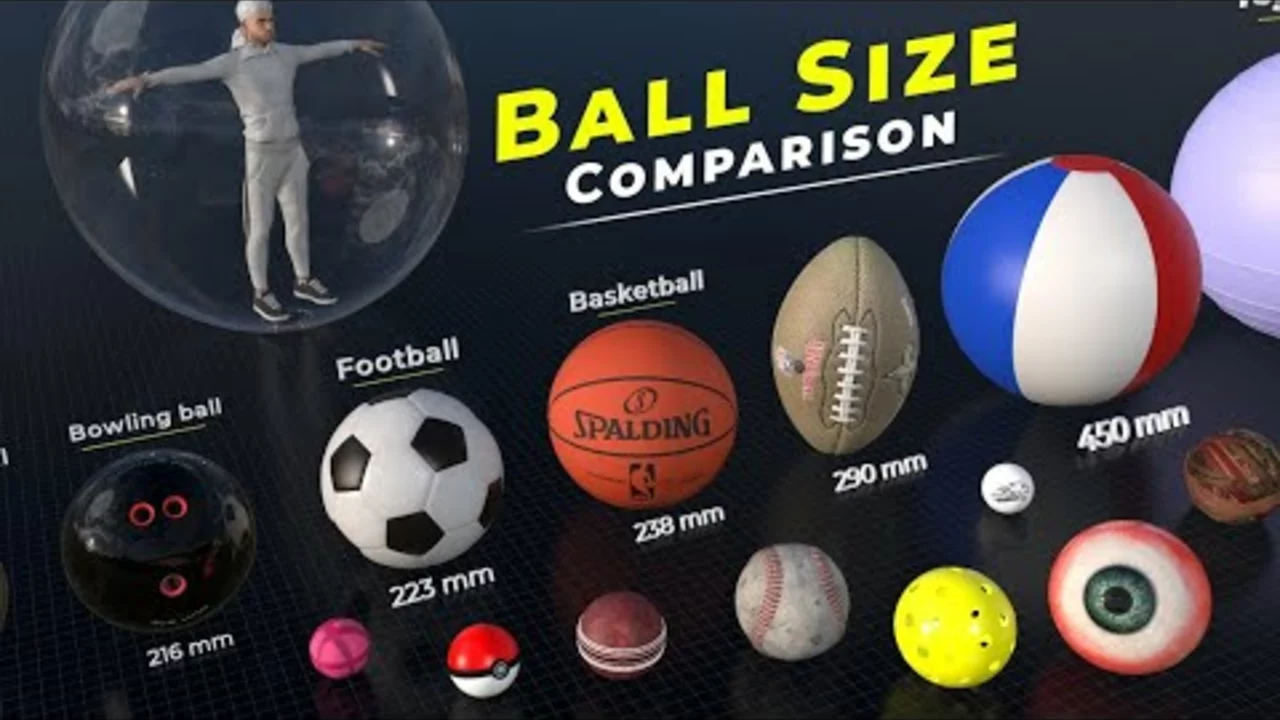All About Soccer Balls – What You Need to Know
If you’ve ever picked up a soccer ball, you probably noticed they aren’t all the same. From street kick‑abouts to professional matches, the ball you use can change how you play. In this guide we’ll break down the main ball types, why material matters, how to choose the right size, and quick care tricks to keep your ball in top shape.
Types of Soccer Balls
First up, the three big categories you’ll see on store shelves:
- Training balls: Designed for everyday practice. They’re durable, often made from cheaper synthetic leather, and can handle rough surfaces.
- Match balls: The premium balls used in official games. They feature high‑quality PU or genuine leather, a stitched or bonded panel design, and meet FIFA standards.
- Street/Indoor balls: Built for concrete, asphalt, or indoor courts. They’re usually a bit softer and have a textured surface for better control on hard ground.
Knowing which category fits your needs saves money and gives you the right feel on the pitch.
Materials and Construction
Most modern balls use a blend of polyurethane (PU) and PVC. PU feels softer, offers better flight stability, and is the go‑to for match‑grade balls. PVC is tougher and cheaper, making it common in training balls. Some high‑end balls still use genuine leather, but they need more care because they absorb water.
Panel design also matters. Traditional 32‑panel balls have a classic look and even pressure distribution. Newer 6‑ or 8‑panel balls use thermally bonded seams, which reduce water uptake and give a smoother flight.
Choosing the Right Size
Soccer balls come in sizes 1 to 5:
- Size 1 – Mini balls for skill drills and kids under 4.
- Size 2 – Slightly larger, good for teaching basic control.
- Size 3 – For children 8 years and younger.
- Size 4 – Youth players aged 9‑12.
- Size 5 – Standard for adults and senior competition.
Pick the size that matches the age group you’re coaching or the league you play in. A wrong size can hurt technique and increase injury risk.
Maintenance Tips
Keep your ball performing by following three simple steps:
- Clean after every session – Wipe off mud or grass with a damp cloth. Don’t soak the ball unless the label says it’s fully waterproof.
- Store properly – Avoid extreme heat or direct sunlight. A cool, dry place preserves the ball’s pressure and material.
- Check air pressure – Use a small pump with a pressure gauge. Most match balls need 0.6–1.1 bar (8.5–16 psi). Under‑inflated balls feel heavy; over‑inflated ones become hard to control.
Latest News on Soccer Balls
Our tag page gathers the newest stories about soccer balls, from the latest FIFA‑approved designs to eco‑friendly options rolling out this season. Brands are experimenting with recycled polymers and even incorporating smart chips that track ball speed and spin. Keep an eye on upcoming releases if you love having the newest tech on the field.
Whether you’re a beginner buying your first ball or a seasoned player looking for the latest match‑grade model, knowing the basics helps you make a smarter choice. Grab a ball that fits your game, take good care of it, and you’ll enjoy better control, longer runs, and more fun every time you kick.

How many different sizes of soccer balls are there?
In the world of soccer, there are five different sizes of balls to suit various age groups and events. Children under eight years old usually play with a size 3, while those aged between 8 and 12 use a size 4. Teenagers and adults typically use the size 5 ball, which is also the official size used in professional soccer. Additionally, there are smaller sizes, 1 and 2, mainly used for promotional purposes or skills training. It’s interesting to see how the ball sizes cater to different needs in the soccer community!
Read more